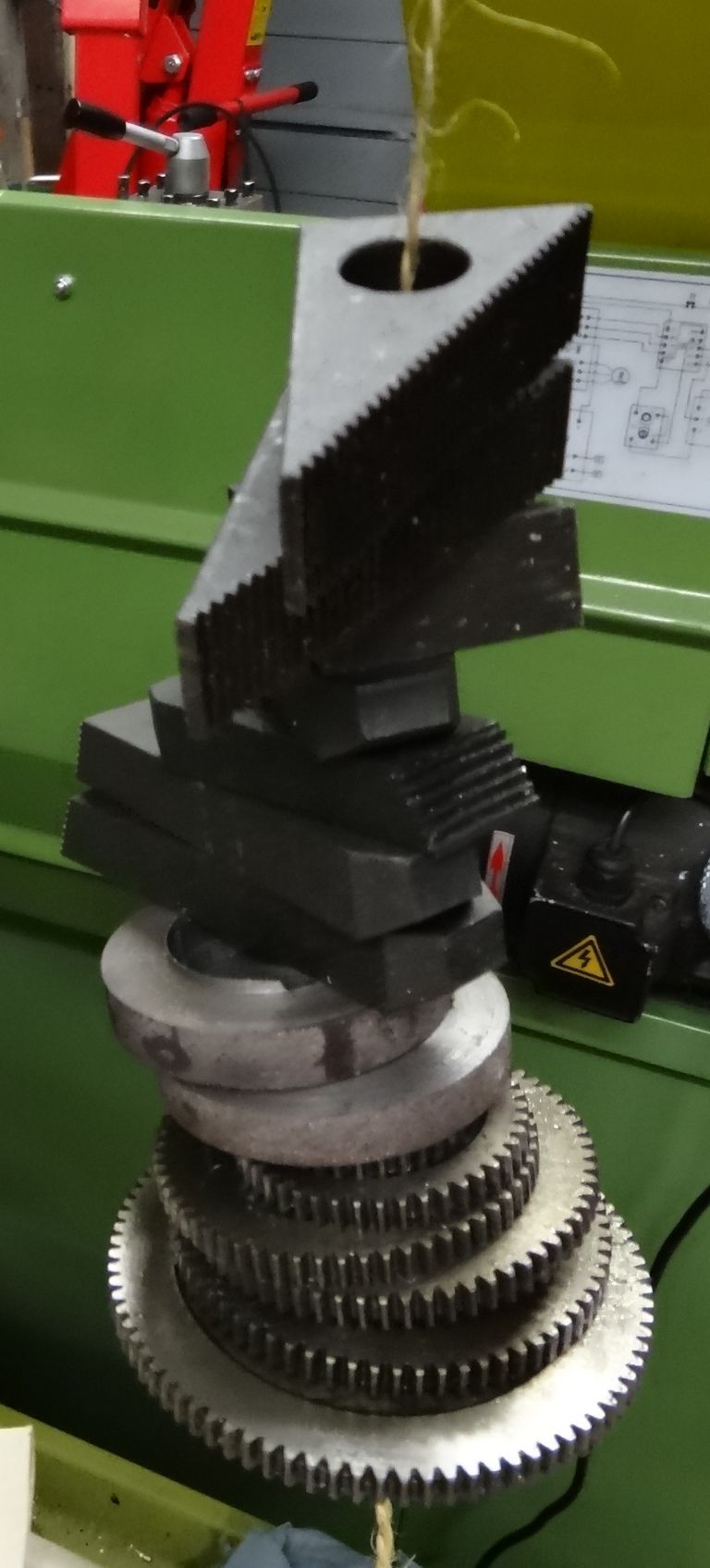Posted by petro1head on 07/04/2023 10:57:14:
Ok been doing some checks on my current setup.
The stalling happens when you first turn the motor on. The RPM is 253.
I can adust the Microsteps. … If i change it to 25/5000 steps/rev it turns at 203 RPM and does not stall.
…
So i am no wondering f i do need to upgrade to a Nema 34? Which will be quite expensive as not only will i need the stepper motor, a driver and a new power suppply (mine is only 6a and the Nema needs min 6a)
…
Not if it works! Stepper motors are interesting beasts, with a combination of "it depends" features.
- Power and Torque depend on Current – so make sure the power supply can deliver enough amps. Also, the electronic driver has a selectable current limiter to avoid overheating the motor. Set it to the maximum the motor will take. The motor can be overrated for short bursts, i.e. as long as it has time to cool down between lifts.
- Max Speed depends on voltage because high voltages help maintain pulse shape. For this reason it's better to use an unregulated power supply than a regulated one. Regulated supplies work OK, but they can't spin the motor flat out. Max speed also depends on the pulse rate available from the electronics, and the motor's ability to cope with fast pulses.
- Positional accuracy is determined by the microstep setting, which trades off against speed, torque, and power. For just lifting a milling head, positional accuracy doesn't matter. (Does if the head was being CNC'd)
So there's a relationship between steps, pulse-rate and the power supply that can be experimented with to produce a range of speed/torque relationships. If one of them provides enough torque to lift the head at a reasonable speed then all is good. I think lower numbers of microsteps per revolution are a better bet for torque than high micro-step settings.
That your motor and power supply lifts the head at 5000 micro-steps is promising. I'd certainly experiment more before spending big money!
Dave
petro1head.







